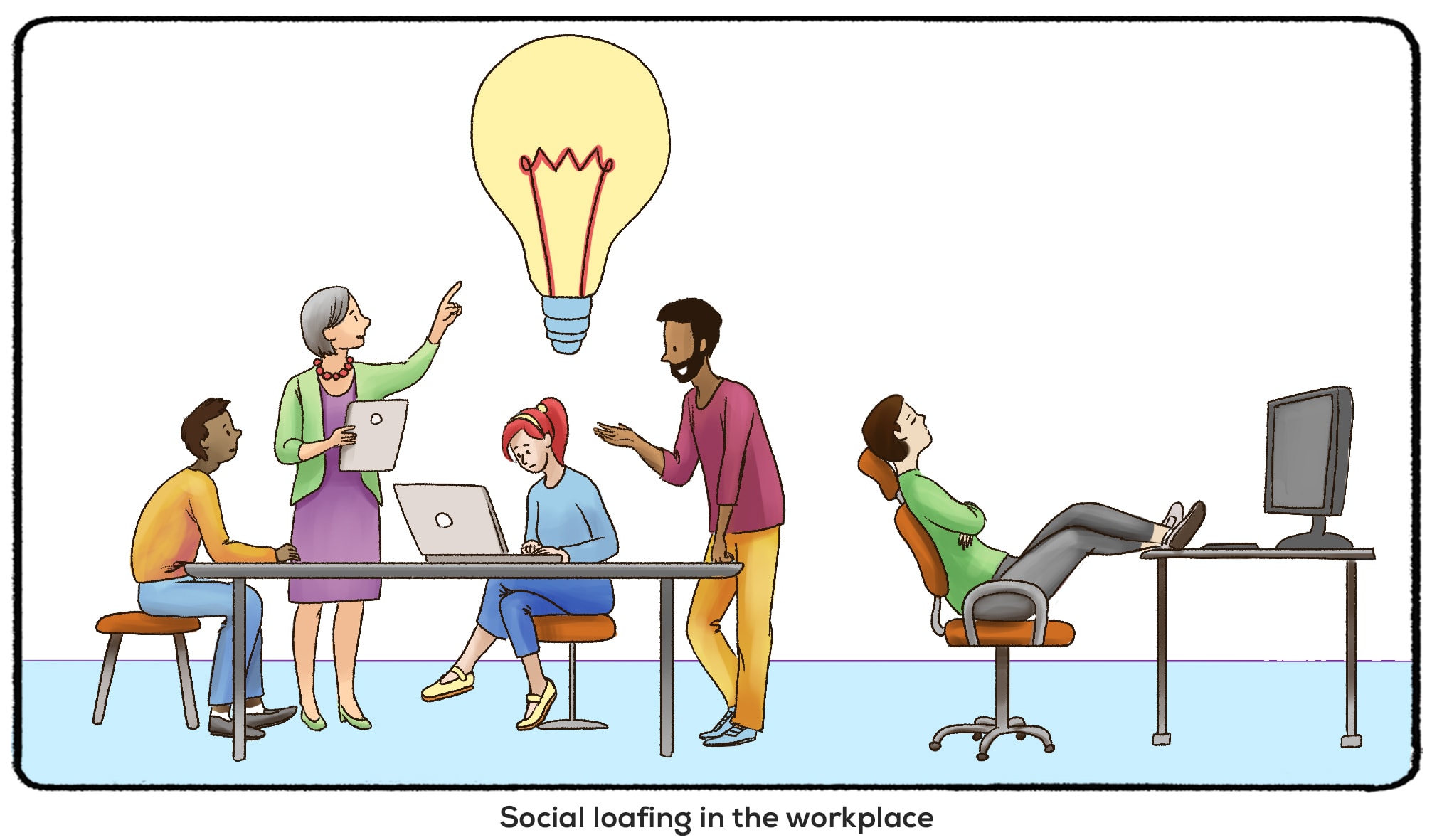Bottom-up Processing is one method of processing information that begins with the smallest detail before moving on to more complex concepts. This differs from top-down processing which involves creating an overall impression and seeking out specific evidence to confirm that initial impression. For instance, a person visualizing a city street might initially form a general impression that the street is crowded, noisy, and chaotic. To verify this hypothesis, they might be able to spot specific indicators that indicate this, such as people rushing through crowds or the sound of traffic generated by nearby cars.

Because bottom-up processes tend to be more data-driven than analytical processes, it has been thoroughly studied for their connection to specific cognitive functions like perception and memory. However, it also has the potential to play a crucial role in other aspects of our lives, including decision-making or creative pursuits like art or design. Bottom-up processing, if used effectively and in a strategic manner, can help you solve more problems and gain a greater understanding of complex situations. In spite of its negative image in academic circles, Bottom-up processing can be extremely useful for understanding both the world around us and our personal inner workings.
The brain’s intricate functions are at the center of all our actions and thoughts. These brain-related processes are complex and play an important role in everything from memory and intelligence to mood and behavior. One of the most important mechanisms that have been found to affect the way brain functions work is known as bottom-up processing. This is the way that information is processed at the level of individual neurons or nerve cells and later through interconnected neural pathways that ultimately influence higher cognitive functions like perception and attention. The research has proven that this process has profound effects on things like memory and learning. This could be used to treat conditions such as Alzheimer’s disease and schizophrenia. We could be able to unlock some of these mysteries by understanding the brain’s mechanisms from the bottom. This will allow us to create new and powerful tools to improve healthcare and neuroscience.
Bottom-up Processing refers to how our brain process information. Contrary to top-down processing which is focused more on incorporating previous knowledge and expectations into the learning process, bottom-up processing relies on the input of new and unstructured data. Bottom-up processing is an excellent method of learning for any level of learner, by focusing on specific elements of learning. This covers basic words and basic sounds, along with complex concepts and ideas.
Bottom-up processing offers a major advantage: it allows us to take a step back and concentrate on each part of the information we are exposed to. This lets us remain engaged in what we are learning, which makes it simpler to expand our knowledge and learn new concepts, refine and improve upon the ones we already have and also recognize the potential for mistakes and areas of improvement. To help us better understand the content, we should additionally highlight how the concepts are linked through logic chains and networks. By engaging in bottom-up processing, we can become better learners and more effective communicators overall.